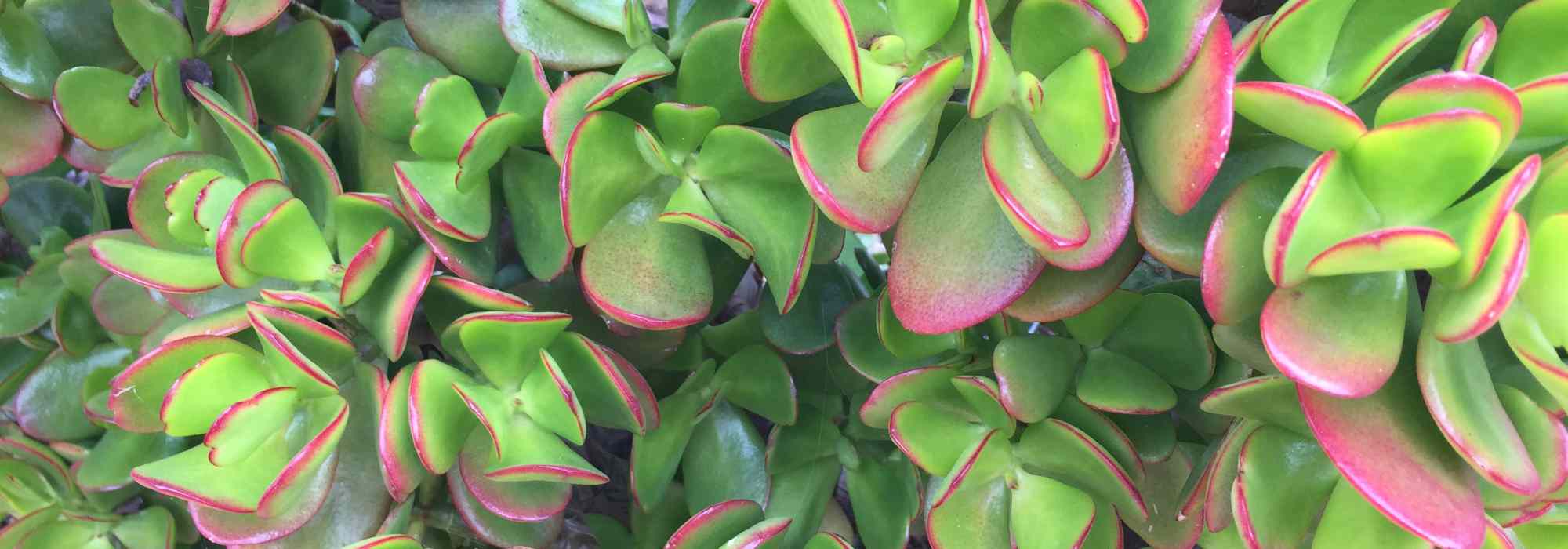
Crassula - Jade tree: planting and care
Contents
Crassulas in a nutshell
- The genus Crassula includes nearly 300 different species.
- These are succulent plants adapted to dry conditions.
- Crassulas, or Jade Trees, are known as indoor plants…
- … But some species are hardy enough to be grown outdoors in the ground.
- Crassulas thrive in sunny locations and prefer dry, well-drained soils, even poor ones.
The word from our expert
We are familiar with crassulas or Jade Trees (Crassula ovata) as indoor plants. They are very resilient when it comes to our occasional neglect regarding watering or repotting. This makes them ideal plants for beginners. What is less known is that there are a few species of the genus Crassula capable of withstanding our winters in the south, and even one species that can survive outdoors in the north of the country and in Belgium.
Crassulas are so-called succulent plants, yet they contain no oil and are not edible. This simply means that the leaves are filled with juice, an adaptation of the plant to water scarcity. Consequently, crassulas should be grown in pots or outdoors, in full sun and in a well-draining substrate or soil, even dry at certain times of the year.
Among the approximately 300 species of the genus Crassula, you will find ground-covering plants or, on the contrary, some that develop a miniature bush-like appearance over time. Crassulas will thrive in southern gardens with a somewhat exotic look, but they can also find their place in pots in the north and even outdoors, as with the Crassula sarcocaulis, in soil that retains little water in winter, perhaps in a beautiful sunny rock garden.
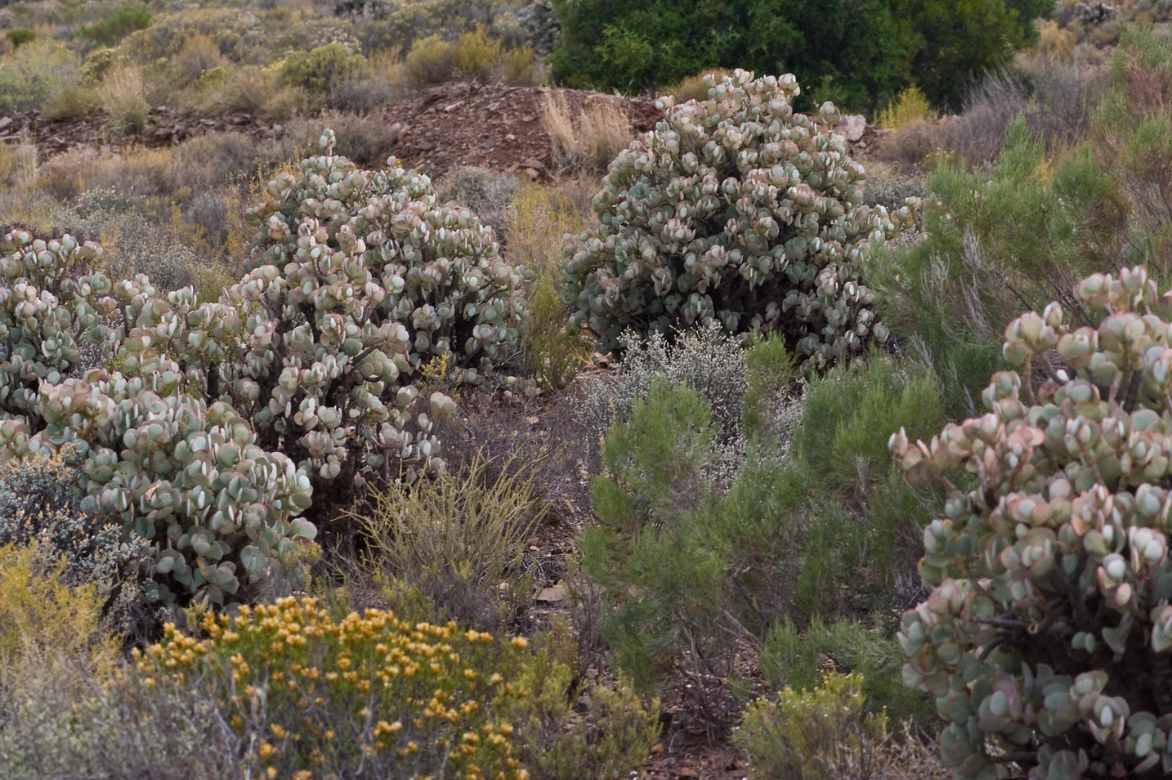
Crassula arborescens in its natural habitat (© Ragnhild & Neil Crawford)
Botany and description
Botanical data
- Latin name Crassula sp.
- Family Crassulaceae
- Common name Crassula, Jade Tree
- Flowering varies by species
- Height 15 to 90 cm depending on the species
- Exposure sun
- Soil type dry and poor
- Hardiness varies by species
The genus Crassula includes nearly 300 species of succulent plants* native to various arid regions around the world, but primarily from South Africa. Crassulas belong to the Crassulaceae family, which also includes Sedums, Hylotelephiums, Kalanchoës, and Echeverias. The genus name “Crassula” comes from the Latin “Crassus,” meaning “thick,” referring to the fleshy leaves. The most well-known Crassula is a plant typically grown indoors called Crassula ovata or Jade Tree.
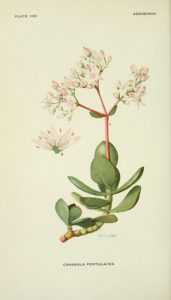
Crassula ovata, botanical plate from 1930
*A succulent or malacophyte plant is one whose leaves, stems, and even roots are fleshy and water-filled. This adaptation (along with their ability to limit water loss) allows these plants to survive and thrive in the most arid environments. The viscous appearance of their sap, called “juice,” has earned them the nickname “fat plant,” although these plants contain no fat.
These plants have a variable appearance, as the genus includes very different species: some are low-growing and mat-forming, like Crassula exilis, while others take on a shrub-like appearance over time, such as Crassula ovata or Crassula sarcocaulis, or even become distinctly arborescent, like Crassula arborescens, which can reach nearly 3 m tall in its natural habitat.
Particularly adapted to arid conditions, Crassulas are plants with Crassulacean Acid Metabolism (CAM). Simply put: their stomata open at night when it’s cooler, reducing water loss through evapotranspiration. The plant then absorbs CO2 during the night and stores it as malic acid. This malic acid cannot yet be converted into sugars due to the darkness; it must wait until daylight. During the day, the stomata close to limit water loss, and the plant performs photosynthesis, converting the stored CO2 (as malic acid) into sugars (starch, sucrose, etc.).
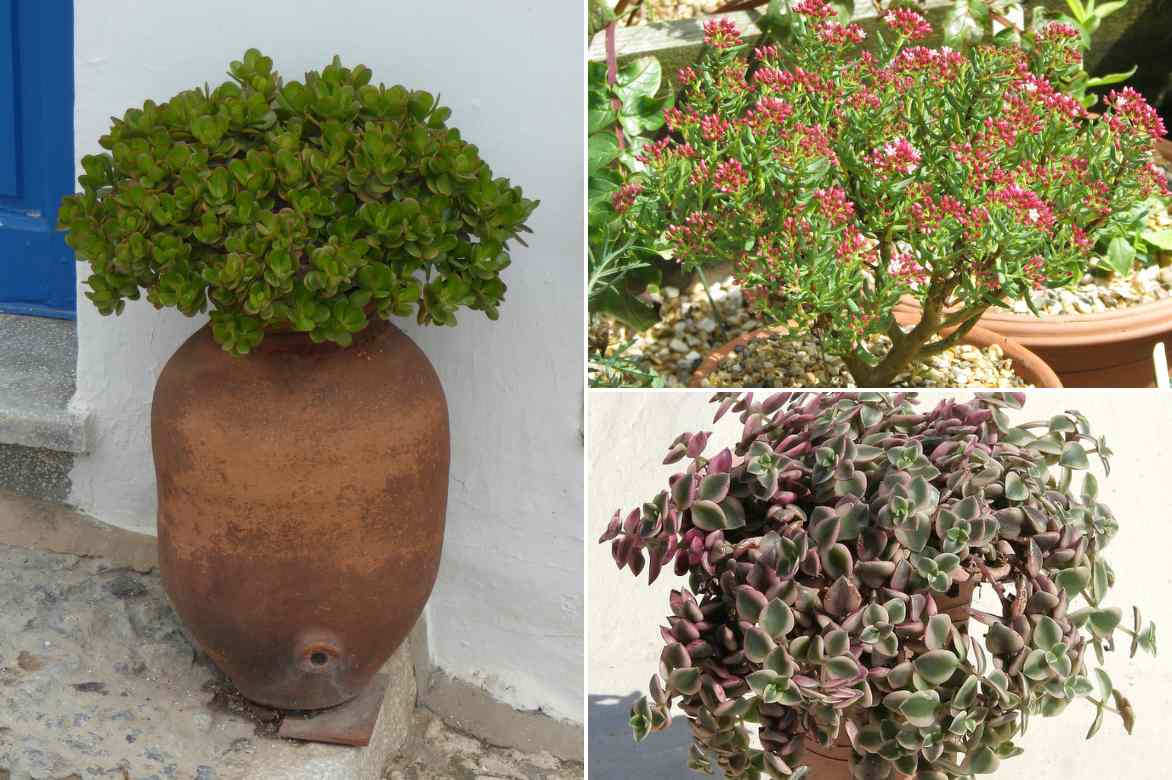
Crassula ovata (© Gwenaelle David), Crassula sarcocaulis (© Peganum), and Crassula pellucida (© Lyubo Gadzhev)
The evergreen foliage of Crassulas consists of generally fleshy leaves, without stipules, simple and entire. The leaves are also covered with a cuticle to limit water loss through evapotranspiration. The veins are barely visible. Note that the leaves have evolved into water-storage organs to combat drought, as have the stems and trunk in some species of the genus, such as Crassula ovata.
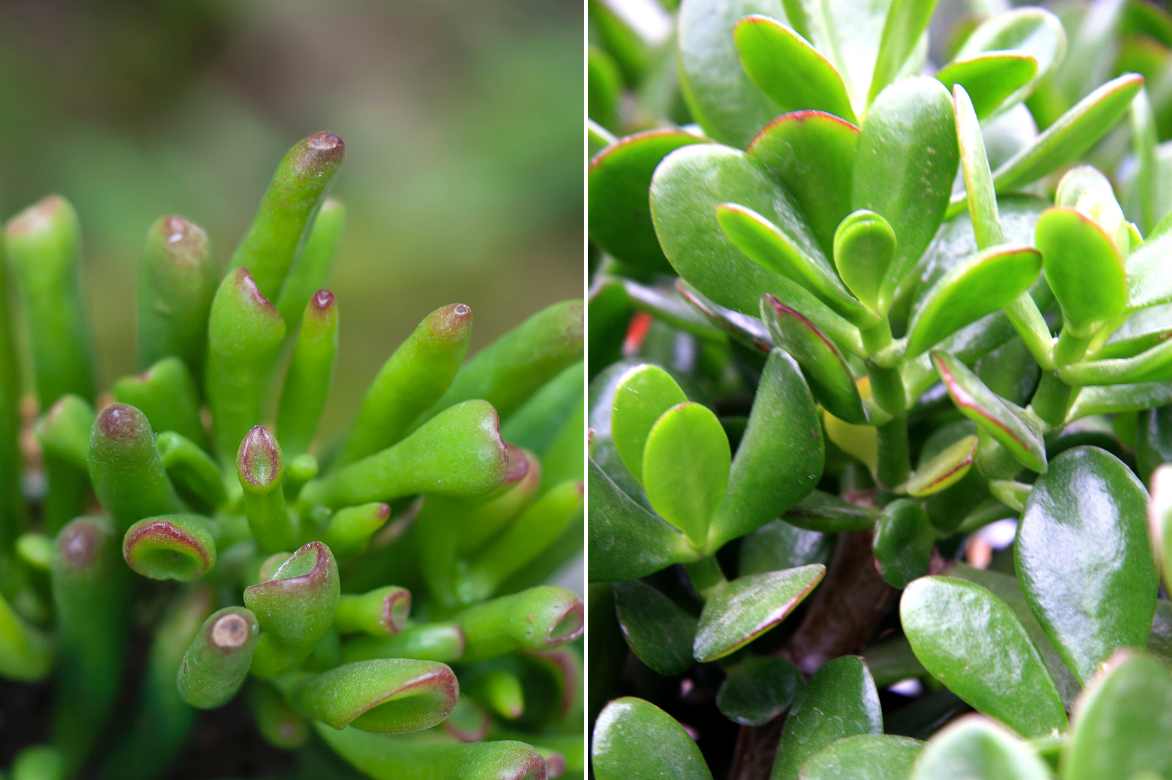
The foliage can take various forms: Crassula ovata on the right, and the ‘Gollum’ variety on the left
The flowering often takes the form of a corymb of flowers. They are hermaphroditic (with both male and female floral parts) and actinomorphic (radially symmetrical). Each flower has 4 to 5 free or fused sepals, 4 to 5 free or fused petals, and 4 to 10 stamens with free or slightly fused filaments. There is always the same number of sepals, petals, and carpels. Each carpel is subtended by a nectariferous gland. The flowering period varies greatly depending on the species, and thus their country of origin: in winter for Crassula ovata, in spring for Crassula arborescens, and in summer for Crassula exilis and Crassula pellucida. Depending on the species, the flowers can be white, pink, yellow, or red.

Crassulas ovata in flower. Bottom left, flowering of a Crassula sarcocaulis (© Peganum)
The fruit is a follicle (a dry, dehiscent fruit formed from a single carpel) or sometimes a cluster of follicles.
In terms of hardiness, this also varies greatly depending on the species. Some are completely non-hardy and must be grown indoors in our climate (Crassula ovata, Crassula capitella, Crassula perfoliata, Crassula radicans…), others are semi-hardy and can withstand brief frosts down to -4°C (Crassula exilis, Crassula arborescens, Crassula coccinea…), and a few species can be grown outdoors in well-drained soil (Crassula sarcocaulis). Crassula sarcocaulis is the hardiest Crassula species: it can tolerate -12°C, and some authors even claim it can survive down to -18°C in well-drained soil.
Read also
Propagating cacti and succulentsOur favourite varieties and species
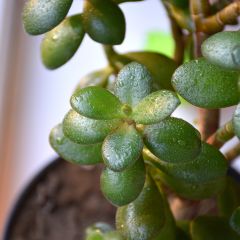
Crassula ovata Minor
- Flowering time February, March
- Height at maturity 90 cm

Crassula ovata Hobbit
- Height at maturity 1 m
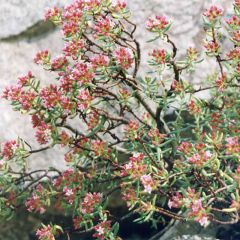
Crassula sarcocaulis
- Flowering time July
- Height at maturity 30 cm
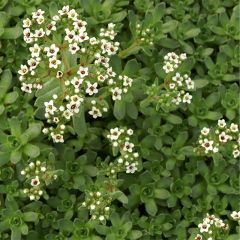
Crassula exilis subsp. sedifolia
- Flowering time June to August
- Height at maturity 15 cm
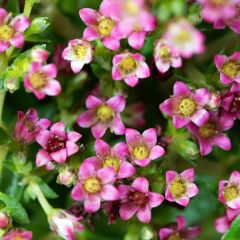
Crassula exilis subsp. schmidtii
- Flowering time June to August
- Height at maturity 15 cm
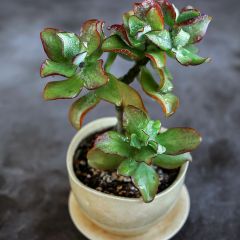
Crassula arborescens Curly Grey
- Flowering time June to August
- Height at maturity 80 cm
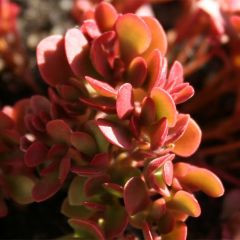
Crassula radicans Small Red
- Flowering time March to May
- Height at maturity 25 cm
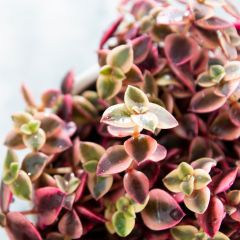
Crassula pellucida subsp. marginalis
- Flowering time September to November
- Height at maturity 5 cm
Discover other Crassula
View all →Available in 1 sizes
Available in 1 sizes
Available in 1 sizes
Available in 1 sizes
Available in 1 sizes
Available in 1 sizes
Available in 1 sizes
Available in 1 sizes
Available in 1 sizes
Planting a Crassula
Where to Plant?
Indoors: Crassulas need plenty of light, but not direct sunlight all day, a temperature of at least 18°C, and a relatively dry atmosphere.
Outdoors in the garden: Crassulas love full sun and dry, shallow soils, even poor ones.
Be sure to provide a very well-draining substrate or soil for your Crassula! Otherwise, stagnant water in winter will quickly cause the roots to rot. This factor also limits the hardiness of semi-hardy species. A plant supposed to withstand -12°C may already die at -4 or -5°C in compact, wet soil.
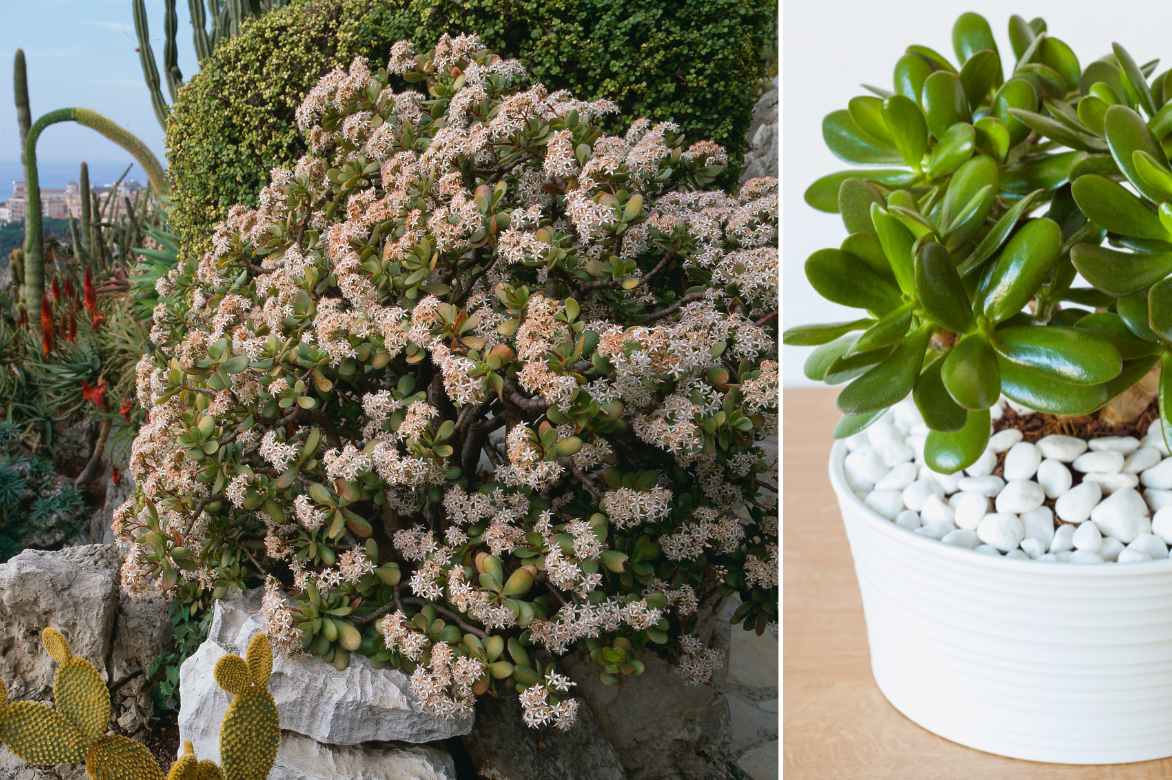
Planting in the ground in a rock garden on the French Riviera, and pot planting for indoors
When to Plant?
Repotting indoors can be done year-round.
However, if you want to plant your semi-hardy Crassulas outdoors, plan to do so in spring when temperatures have risen to at least 15°C. So around April in the south, but more likely May north of the Loire.
How to Plant?
In a pot (indoors or outdoors):
- Choose a large pot (30 cm in diameter) from the start for specimens that grow well. Opt for a terracotta pot with one or more drainage holes;
- Place a few gravel stones or clay pebbles at the bottom of the pot to further improve drainage;
- The substrate should be a half-and-half mix of universal compost and sand. “Special cacti and succulent” composts are available commercially. They can be a good solution if you have a large collection at home;
- Fill the bottom of the pot with a little substrate (above the gravel);
- Place the root ball of your Crassula in the centre of the pot, then fill the gaps with compost;
- Firm the soil around the plant with your fingers and give it a good watering.
In the ground:
- Choose a sunny spot in well-draining soil (ideally on a slope) and dig a hole twice the depth and width of the root ball;
- Loosen the soil at the bottom of the hole well;
- If your soil is heavy, mix the excavated soil with some gravel to improve drainage;
- Place your Crassula in the centre of the hole and backfill with the excavated soil;
- Firm the soil around the plant with your fingers and give it a good watering to eliminate any air pockets between the roots and the soil.
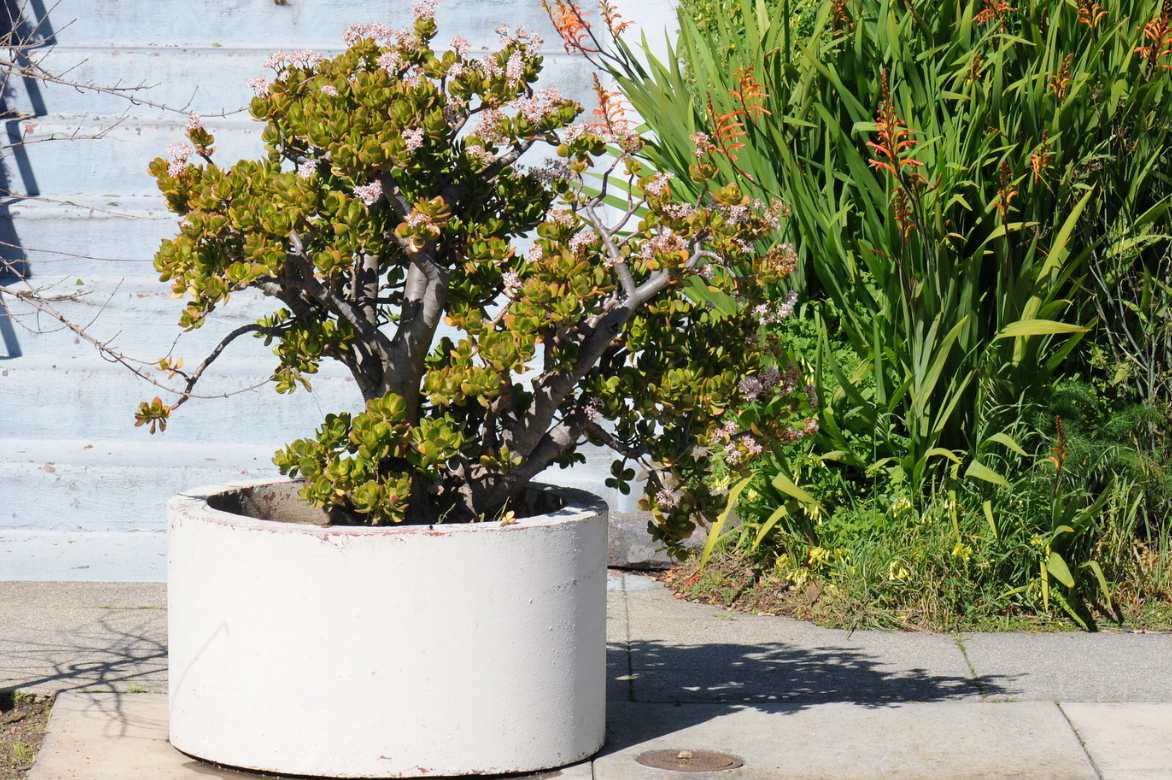
A Crassula ovata planted in a pot (© Chiara Coetzee)
Caring and pruning
Watering
When planted in the ground, crassulas should not be watered. In pots and outdoors, a sparing watering every two weeks in summer will suffice.
In pots and indoors: water every two weeks in summer and once a month in winter. It is important to let the substrate dry out between waterings. Avoid letting water stagnate in the saucer.
In any case, if your Crassula is thirsty, its leaves will soften and droop. A good watering will quickly resolve this minor issue. These are very drought-resistant plants; they can survive for several weeks without a drop of water, so no need to worry.
Pruning
With a tool disinfected with alcohol and well sharpened, you can prune the branches of your crassulas. Pruning has two objectives: to reduce the size of a Crassula that has become too bulky or to rejuvenate the plant by encouraging new shoots.
Prune just above a shoot, a node, or a bud and never more than a third of the branch. Prune in spring or just after flowering. Finally, pruning is a good way to obtain plant parts for cuttings (see the “propagation” section).
Please note: Jade trees lend themselves so well to pruning that they are found in the art of bonsai. They are excellent subjects if you wish to start in this field.
Also read Gwenaëlle’s advice in “How to Prune a Jade Plant?”
Maintenance
Fertiliser is absolutely not essential.
Crassulas tolerate being cramped in their pots, but every 3 or 4 years (when the roots have colonised the entire pot), you can repot them in summer into a slightly larger pot.
If you grow non-hardy crassulas indoors, you can still take them out into the garden from June to September. Just remember to empty the saucer regularly and/or protect them from rain (under a tree, under a shelter…).
Also read Gwenaëlle’s advice in Growing a Jade Plant Indoors.
Possible diseases and pests
Crassulas are resilient plants and are not prone to diseases or pests. However, if water stagnates around their roots, rotting may occur. They should be grown in well-draining soil or substrate.
Occasionally, mealybugs or aphids may appear on the plant. Discover our tips for tackling these pests in an eco-friendly and effective way:
→ Aphids: identification and treatment
→ Mealybugs: identification and treatment
Propagation of Crassulas
Propagation by cuttings of crassulas is very easy to succeed.
- Take your cuttings in spring or summer;
- Cut short shoots with only one nival zone of leaf. The cutting should have as few leaves as possible to limit water loss. Don’t forget to disinfect your tool with alcohol before cutting!;
- Note: some crassulas can be propagated from a single leaf. This is the case with Crassula ovata or Jade Tree;
- Rinse the cutting or leaf with water to stop the sap flow, then let it dry in a warm and dry place (but not in direct sunlight!). This step will allow the formation of a callus;
- Plant the cutting or place the leaf in or on a very light substrate: 1/3 universal compost for 2/3 sand;
- Place your cuttings at 20°C and in the light, keeping the substrate slightly moist (be careful! not too much water, as a cutting does not yet have roots to absorb water);
- After just a few weeks, new shoots will appear. Your cutting is now a young crassula full of promise.
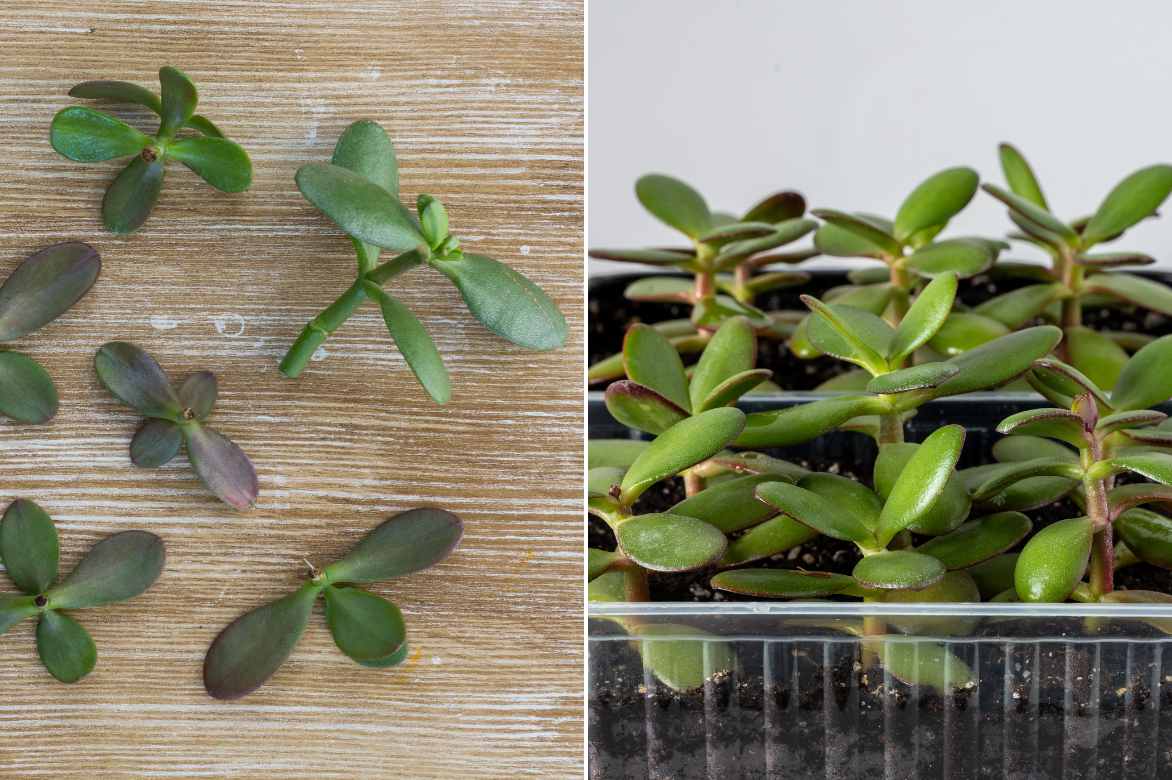
Association
The small crassulas in pots are charming, and they can be combined as you wish with each other or with a few other succulent plants and cacti in pots: Echeverias, Aeoniums, Mangaves, Agaves, cacti…

Crassula ovata, Kalanchoe thrysiflora, and purple Aeonium
Let’s focus instead on the hardiest representative of the genus, capable of thriving in open ground in France: Crassula sarcocaulis.
In a dry, sunny rock garden, it can be paired with Armeria maritima ‘Alba’, a few Artemisia schmidtiana ‘Nana’, growing in small silver balls, an Erodium variabile ‘Album’, a very sturdy little perennial reminiscent of hardy geraniums, a few clumps of Sedum sexangulare, a groundcover with an original appearance, some sempervivums or houseleeks, and Campanula pulla, a very blue little bellflower for collectors of beautiful rarities. The yellow, white, blue, and red flowerings will follow one another throughout the seasons.
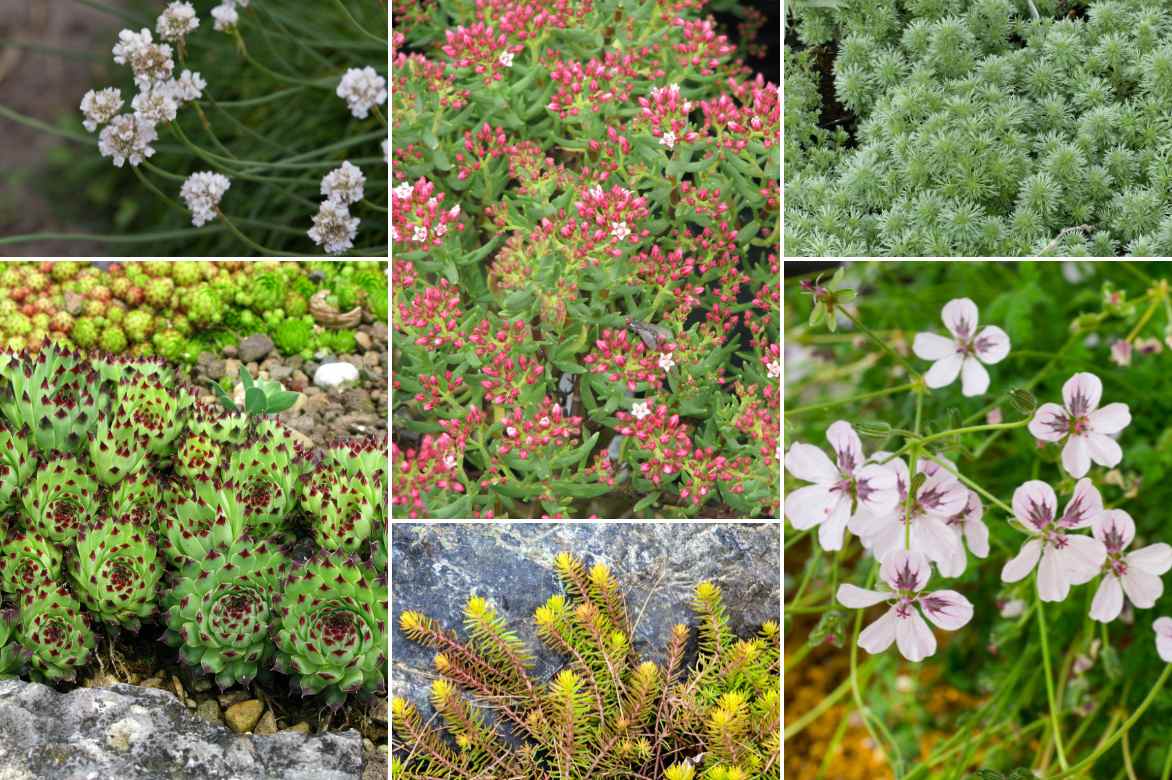
In the centre, Crassula sarcocaulis, surrounded by Armeria maritima ‘Alba’, Artemisia schmidtiana ‘Nana’, houseleeks, Sedum sexangulare, and Erodiums.
Also worth reading
→ Discover all our Crassulas in our online nursery.
→ Check out our tutorial: How to propagate Crassulas?
→ But don’t forget our other succulents and cacti!
Crassulas are plants adapted to arid environments. But how do plants adapt to drought?
Frequently asked questions
-
The edges of my crassula's leaves are turning red. Is this serious?
Not at all, and it's even completely normal. When exposed to sunlight, certain parts of the leaf will turn red. This is an adaptation of the plant to protect itself from the sun's rays in its natural medium. Some pigments will concentrate in the areas that catch the most sunlight to protect the chlorophyll from degradation and thus ensure good photosynthesis.
-
My indoor crassulas aren't flowering. What should I do?
In the case of Crassula ovata, these plants only flower if they are provided with adequate conditions: a "winter" period with cool temperatures of 5 to 10°C at night for 2 weeks, short days, and a lack of water for several weeks. The simplest solution is to place your crassula in a relatively dark and cool room and to stop watering for some time.
- Subscribe!
- Contents































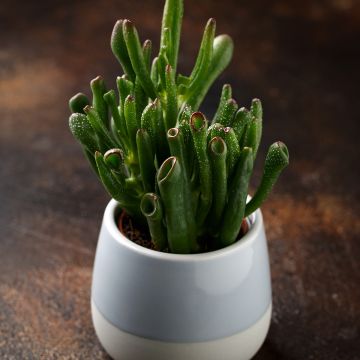


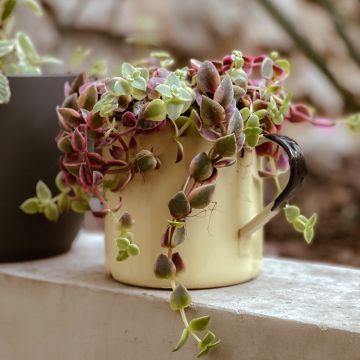





Comments